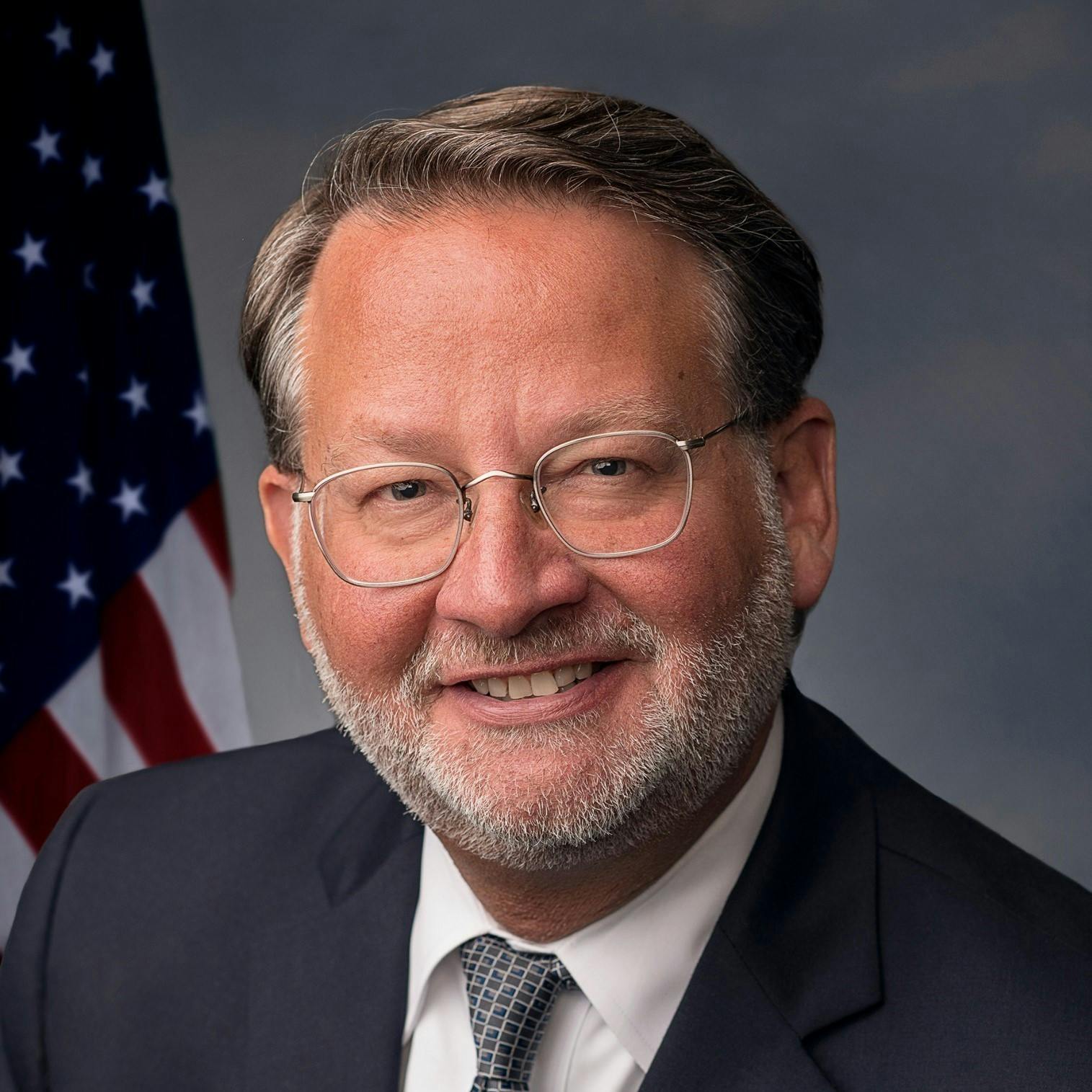“When I put out the report last year, it was a theoretical, but real, problem,” U.S. Sen. Gary Peters said. “Now, it is a 100% real problem that we know we have to deal with.”
Peters held a conference call Wednesday to announce two bills to address vulnerabilities in the medical supply chain and increase investments in U.S. manufacturing.
Overall, the two bills are focused on decreasing U.S. reliance on foreign manufacturers by tracking where critical drugs and medical supplies are made while bolstering the production of supplies and personal protective equipment, or PPE.
So far, the federal government’s pandemic response efforts have been hindered by critical shortages of these vital resources, Peters said, highlighting multiple dangers of this sole reliance that the country has built up over decades.
“Michiganders and people across the country are suffering the consequences and struggling to obtain PPE, ventilators, testing kits and medicine needed to respond to the coronavirus pandemic," Peters said in a statement. "It’s long past time the federal government acted to address these mistakes, which is why I’m proud to introduce these vital bills to strengthen visibility into our supply chains and bring manufacturing for critical drugs back where it belongs.”
The first bill is the Pharmaceutical Accountability, Responsibility and Transparency, or PART, Act.
It requires pharmaceutical companies to report critical manufacturing data, including where medications are produced along with what amounts and active ingredients are required.
Peters said this helps find what critical medical supplies we have now, where they're from and what we need to make, whether it's for every day emergencies or a global pandemic.
The second legislation is Help Onshore Manufacturing of Efficiencies for Drugs and Devices, or HOME, Act.
This bill aims to increase American manufacturing by establishing a new center within the Department of Health and Human Services, or DHHS, to facilitate investments and loan programs for construction of manufacturing facilities in the U.S.
As ranking member of the Senate Homeland Security and Governmental Affairs Committee, Peters had previously raised concerns of critical drug shortages in a December 2019 report.
Peters specified that the report calls out the heavy American dependence on both China’s and India’s pharmaceutical and medical supply chains — because chemicals developed from those countries are used in U.S. drugs.
He said the report also identified many economic, public health and national security risks stemming from increased prescription drug and hospital-administered drug shortages.
Peters said these vital resources “represent life or death," especially now.
The federal government lacks a clear picture of where vital resources are being developed before they reach the U.S., Peters said.
“That has to change,” he said. “We can’t address a supply chain vulnerability if we aren’t sure exactly what those numbers are and where those vulnerabilities exist.”
Peters said he equates the importance of manufacturing these vital resources domestically to the purchase of U.S. Navy warships.
Peters said he believes we could transition to completely in-house manufacturing for these vital resources and that we would not have to go to other countries for raw ingredients, breaking, what he calls the “offshoring trend.”
The legislation pair awaits review from the Senate Health, Education and Labor Committee. It does not cover distribution within states between urban and rural areas by population, though this is something Peters said they are also going to explore further.
Support student media!
Please consider donating to The State News and help fund the future of journalism.
Discussion
Share and discuss “Peters announces national medical manufacturing legislation” on social media.






